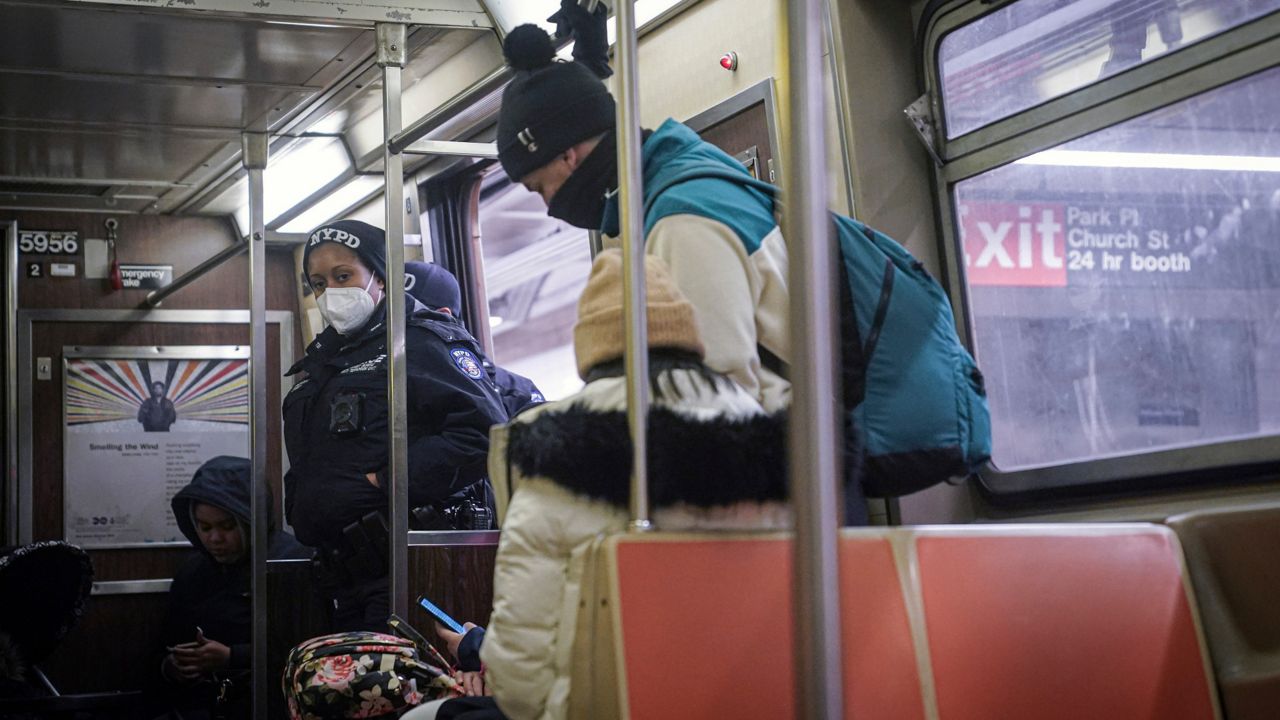Part of President Wen’s’special measures’
The Ministry of Materials, promotes inclusion in additional budget
Criticism of “paid tinkering with tax jobs”
Photo = Getty Image Bank
–
The government decided to promote a plan to support labor costs when small business owners newly hire temporary and daily workers. It is part of the’special job plan’ ordered by President Moon Jae-in. However, there are already criticisms that it will only create temporary jobs using taxes and deepen the phenomenon of fiscal job addiction.
An official from the Ministry of Strategy and Finance said on the 17th, “In consideration of the serious employment crisis, the government is considering a measure to subsidize the labor cost when newly hiring temporary and daily workers for a temporary period. If confirmed, it will be included in an additional budget to be submitted to the National Assembly early next month.” .
The government is operating an additional youth employment incentive system that provides 9 million won per person per year for three years when youth are selected as regular workers. This applies only when small and medium-sized companies employ regular workers. The government’s plan is to create a new project that supports small business owners and self-employed people when hiring temporary and daily jobs. Temporary workers refer to workers whose employment contract period is less than 1 month to less than 1 year, and daily workers are less than 1 month.
An official from the government explained the background of the countermeasures, saying, “There will be a little increase in demand to recruit human resources again due to the easing of social distancing. He explained, “Although there is hardly any precedent of financial support for non-regular workers, it is necessary to take into account that the employment situation is so severe and that there are many essential youths even for temporary and daily jobs.”
According to the National Statistical Office, the number of employed in the past month decreased by 982,000 from the same month last year. This is the largest decline since December 1998 (-1283,000 people) during the financial crisis. On the 15th, President Moon instructed the government to “include enough job projects and budgets to overcome the employment crisis in the supplementary budget to be prepared for the 4th disaster subsidy.”
Job countermeasures include expanding the supply of direct jobs. Direct jobs are temporary public jobs created with government finances. This year’s supply plan is 1,040,000 and it is expected to add at least 100,000.
Government “better than staying unemployed”… Criticism Supervision of “Increase Non-regular Workers”
Subsidies even if temporary/daily jobs are selected
The government’s ‘Labor Expense Support for Temporary and Daily Job Hiring’ card, which the government brought out to overcome the employment crisis, is an unprecedented measure. Temporary workers are workers whose employment contract period is less than 1 month to less than 1 year, and daily workers are less than 1 month. All are non-regular workers. When the government provides subsidies for hiring such non-regular workers, criticism may arise that “is it necessary to increase the employment of non-regular workers?”
A government official said, “We know that this is a measure that can raise various issues,” but said, “Most of the jobs that have recently declined are temporary and daily jobs, and this should take into account the fact that this will hurt the young people.” “Wouldn’t it be better to stay unemployed without income if a young man got a job even if it was a temporary or daily job with government support?” The government explained that it will be helpful to small business owners and self-employed people who can’t have a big impact on sales even if they want to hire a new one.
In January, the number of temporary and daily workers was 4995,000, down 795,000 from the same month last year. This amounted to 81% of the total number of employed people (982,000). Of the declining temporary and daily jobs, the share of those in their 30s or younger (350,000) reached 44%.
The government has not yet decided on the level of support, number of people, and budget for temporary and daily employment support. In the case of per capita support, it is observed that there is a high possibility that the subsidy for additional youth employment given by SMEs when they hire young people as regular workers will be decided at a slightly lower level, considering that 750,000 won per month is selected.
The government is also considering expanding the subsidy for additional youth employment. Due to the high demand from SMEs, this project suffered a shortage of budget every year. This year, there is a new budget to support 90,000 young adults, but as it is highly likely to close early this time, it is planning to increase the target of support by adding a budget in advance.
In addition, the job countermeasures will include △Expanding the supply of financial jobs, △Expanding financial support for startups and venture companies, and △Expanding the level of support for employment maintenance support. However, it is pointed out that these measures have limitations because they are’reconsideration’ of the existing countermeasures and’temporary measures’ that mobilized taxes.
Kang In-soo, a professor of business administration at Sookmyung Women’s University, said, “The government and ruling party are reducing the employment capacity of companies by pouring out regulations such as the Severe Disaster Act even in the midst of economic difficulties due to the novel coronavirus infection (Corona 19). We need to improve.”
Job countermeasures are scheduled to be included with the 4th disaster support fund in the additional budget for remediation to be prepared early next month. As a considerable budget is required for job-related measures, the additional budget is more likely to be expanded than originally planned. The Ministry of Knowledge Economy was considering about 12 trillion won, but there is also a forecast that it will exceed 20 trillion won.
Reporter Seo Min-joon [email protected]
–

